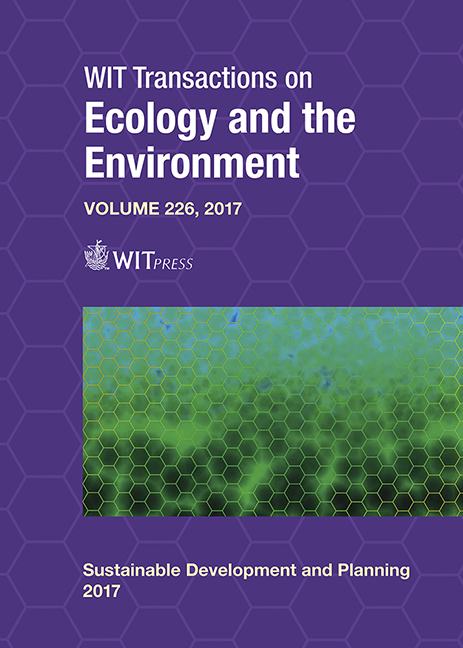RETARDATION EFFECT ON THERMALLY-MODIFIED SPRUCE WOOD
Price
Free (open access)
Transaction
Volume
226
Pages
10
Page Range
537 - 546
Published
2017
Size
433 kb
Paper DOI
10.2495/SDP170471
Copyright
WIT Press
Author(s)
LINDA MAKOVICKÁ OSVALDOVÁ, MILAN GAFF
Abstract
The subject matter of this paper is spruce wood (Picea abies L.). The thermal treatment of wood (thermal wood) is a new technology of wood treatment, improving its physical and biological properties and increasing its resistance to biological wood-destroying agents and atmospheric effects. Its fire and technical properties, capability to set it on fire and burn it have been studied less. Research in the aforementioned subject is the subject matter of this paper, together with an option to treat this thermally treated wood with a standard commercial retardant. Experimental equipment was non-standardized laboratory equipment using a flame source of higher intensity (flame burner – propane-butane) affecting the test sample in an open environment. This is a simulation of actual fire. The evaluative criteria for both tests, thermally treated wood (20°C, 160°C, 180°C, 210°C) without retardant treatment and with retardant treatment, were weight loss and burning rate. The data results are presented in the tables and diagrams and are statistically evaluated. The aforementioned results will be used for the complex evaluation of spruce wood treated this way and a new view will be taken on wood treated this way from a fire prevention point of view.
Keywords
conservation, domed mosques, morphology, Ottoman mosques, preservation, typology





